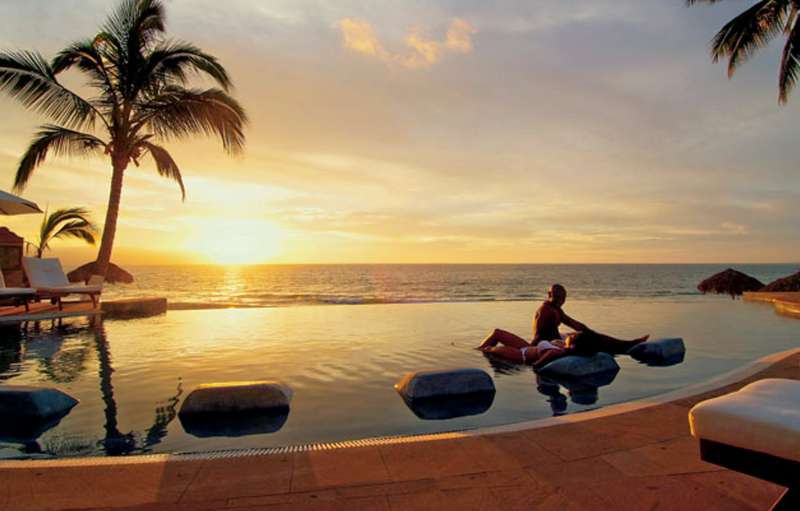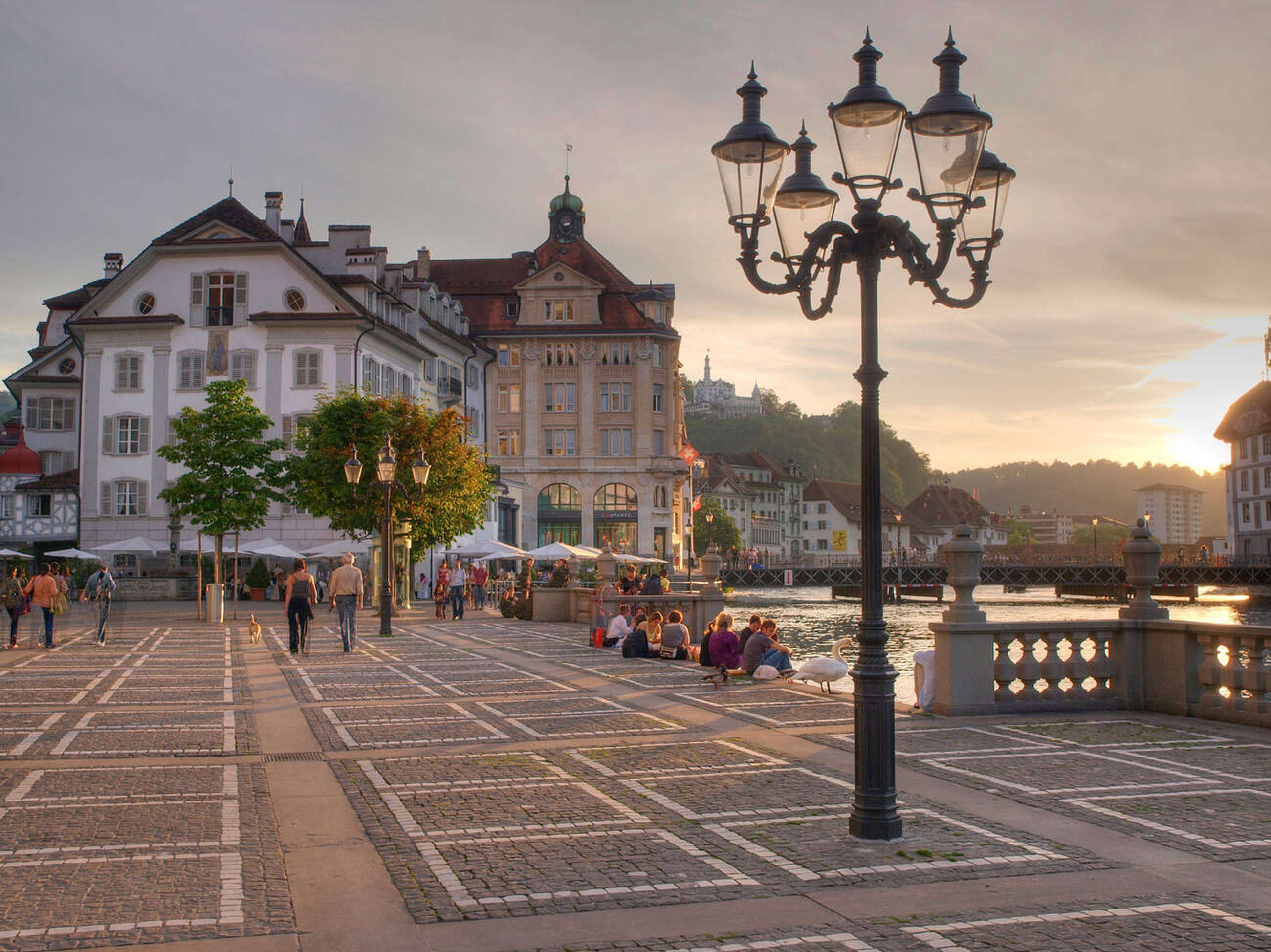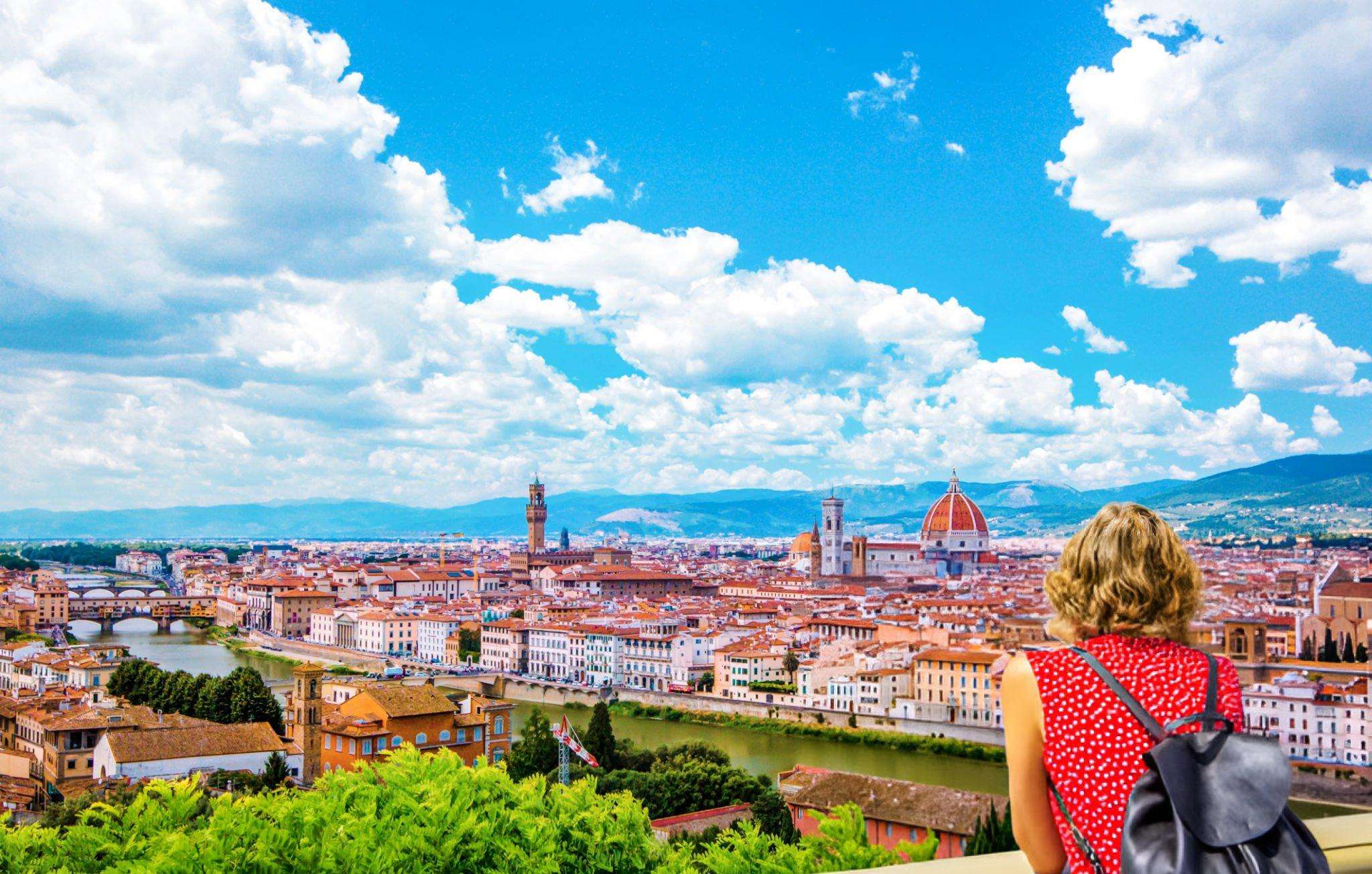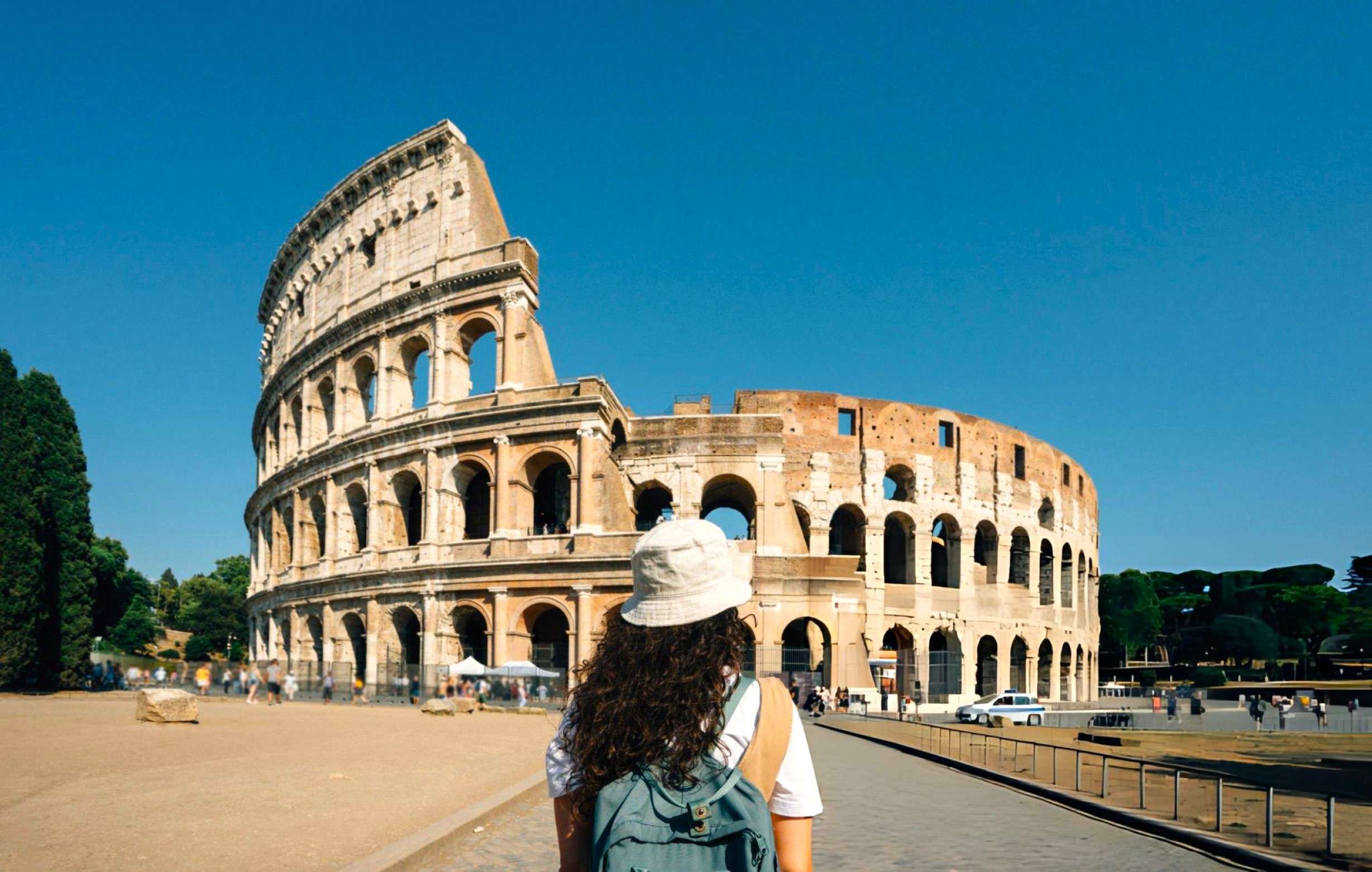Lucerne
About Lucerne
Located in the heart of Switzerland, occupying the banks of the Reuss River, the14th-century Lucerne is considered to be one of the most picturesque places in the country.
Miles of emerald-green meadows dotted with charming houses, church spires, and ancient towers edge around the sparkling Lake Lucerne with snow-capped mountains in the background. All these make Lucerne look straight out of a picture postcard making it one of the most astounding places to visit in Switzerland. All these make Lucerne look straight out of a picture postcard, making it one of the most astounding places to visit in a Switzerland package. The place even inspired Mark Twain and Leo Tolstoy to write about its beauty.
The city has beautifully preserved architectural relics from a lifetime ago, which lend an amazingly romantic and old-world charm to it. The Old Town area still seems to have held on to its 17th-century charm with its medieval-era buildings, red thatched-roof houses built of stone, charming town square areas, twin towers of the Hofkirche, the Lion Statue, and the 900-year-old St. Peter’s Church all dotted along cobbled streets. The area is known for its striking murals like that of Jesus turning water into wine and a meat cleaver outside an old cluster of butcher houses.
There are lovely cafes for one to enjoy decadent Swiss chocolates, coffees, and cheese and plenty of souvenir shops. The 13th-century Chapel Bridge, the oldest wooden bridge in Europe, with its flower-laden walls, art gallery-like sidewalks and astounding views of a setting sun behind the Water Tower.
You also get amazing views of the Lake and swans over the water framed by the Alps in the distance from the Chapel Bridge. There is the 17th-century Jesuit Church, famed for its gorgeous Baroque architecture and is a major landmark in Swiss history. Lucerne’s Glacier Garden is famous for its 20,000-year-old remnants like mussels & fossils from the Ice Age.
The city is also famous for operating the world’s steepest cogwheel train up to the summit of Mount Pilatus, translating to ‘cloud-capped’, famous for mystical stories about its resident dragons and spirits. Another snowy peak that you can visit is Mount Titlis via the world’s first revolving cable car. The summit offers undulated views of the surrounding peaks, rocky crevasses, and stark glaciers.
The summers in Lucerne are comfortable and the winters are freezing cold. The warmest month is July with temperature averaging around 24°C and January is the coldest, with temperatures plummeting to around 3°C.
Attractions
More Lucerne Packages

Classic Europe in Winter | From Roman Ruins to Amsterdam Canals
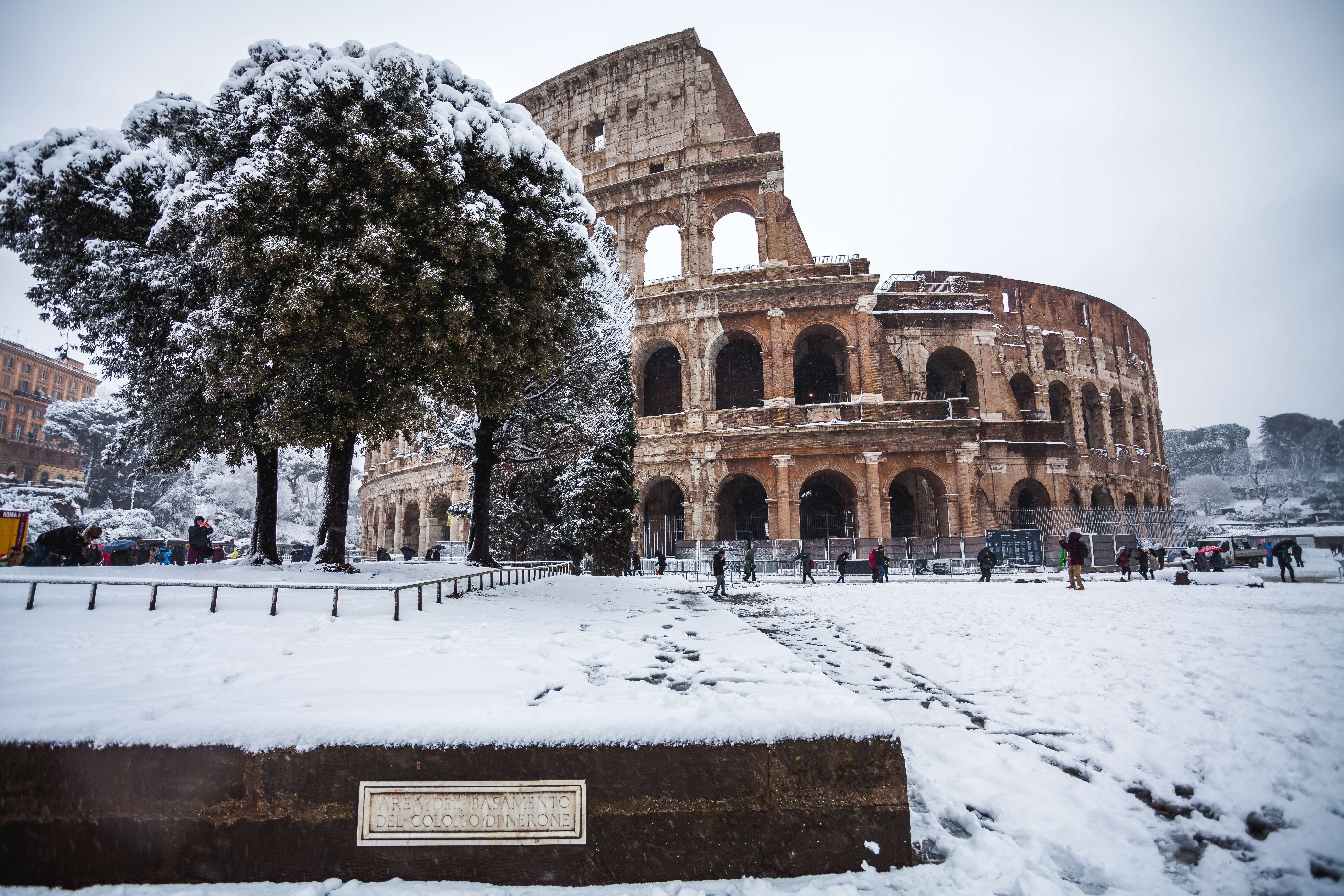
Western Europe In A Nutshell
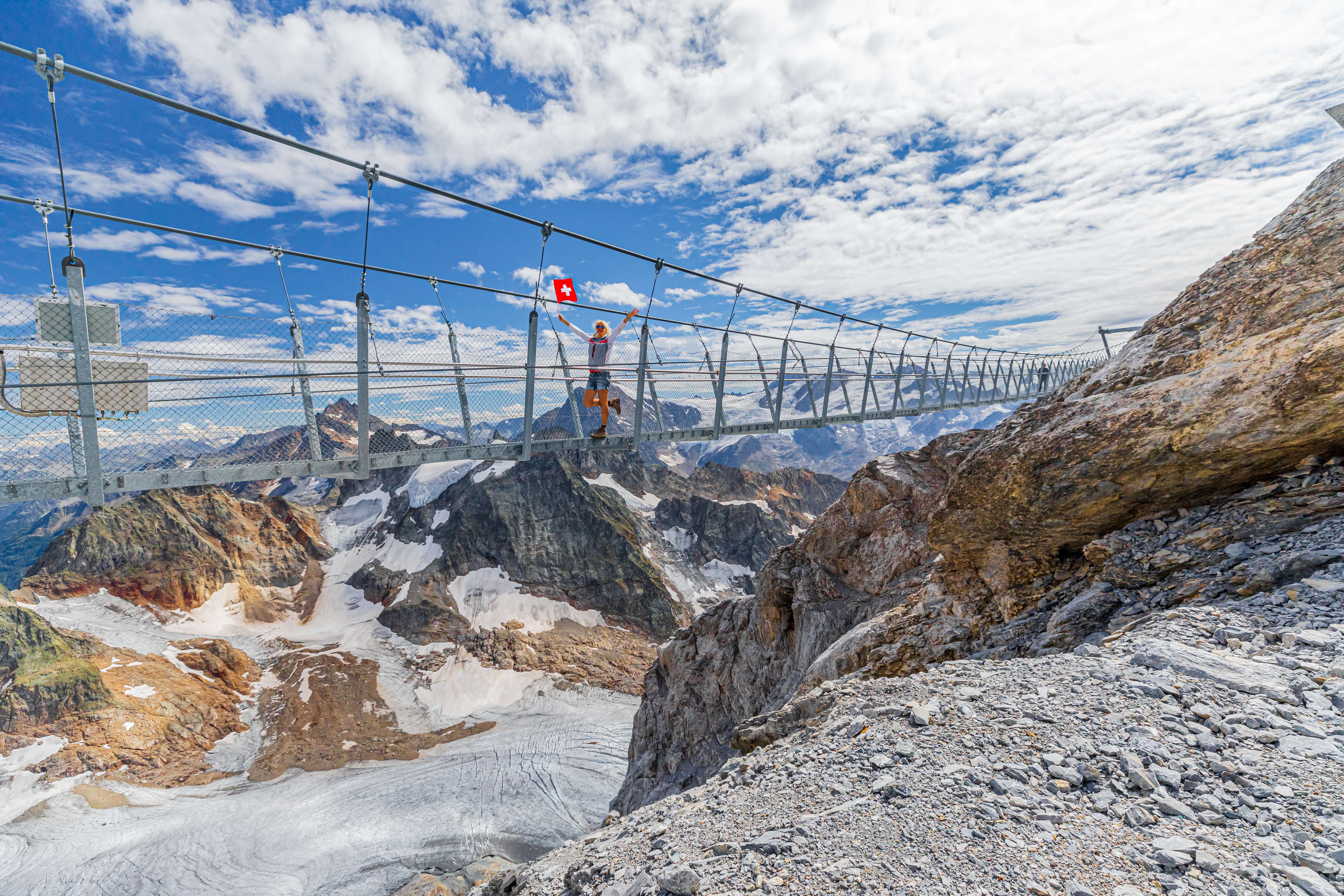
Classic Switzerland | Peaks, Lakes, and Alpine Trails
Lucerne FAQ's
Which are the must-visit attractions in Lucerne?
The covered wooden bridge dating back to the 14th century has several portraits on its roof that date back to the 17th century. There are only about 30 paintings that remain after the bridge caught fire in 993, leading to heavy reconstruction. Walking on the bridge is one of the most popular things to do and you can visit a souvenir shop in the basement to buy memorabilia!
Location: Kapellbrücke, 6002 Luzern, Switzerland
Location: St. Leodegar Strasse 6, 6006 Luzern, Switzerland
Today, you can tour the bunker on every last Sunday of the month. The tour includes a walk-through of the various hospital facilities, decontamination stations, vintage washing machines and massive ventilation systems. It offers a close look at the life around the time of the cold war and makes for a unique experience when in the city.
Location: 28 Berglistrasse, Lucerne
Location: Löwenpl. 11, 6004 Luzern, Switzerland
Walking through the bridge is no less than a museum tour as you get to look at a series of paintings belonging to the 17th century, depicting Macabre-style reflection of mortality and human existence. In these paintings, you will find everything from skeletons, priests, courtiers, and angels. The scenes range from fantastical to violent, as you spend your time looking at this group of 45 paintings!
Location: 6004 Lucerne, Switzerland
The cogwheel that takes you to the top is the steepest in the world and offers a thrilling experience as you climb along the rock walls and stare into the impressive landscape. The summit has several restaurants and cafes where you can enjoy marvellous views while enjoying a meal. Additionally, there is the ‘Dragon Path’ where you can get information about the myths around the mountain.
Location: Mount Pilatus6010 Alpnach, Switzerland
Which are the famous things to do in Lucerne?
Apart from drinks, they also have an extensive food menu offering some delicious traditional Swiss dishes. The pub’s most popular dishes include Weisswürst (spiced white sausage) and Luzerner Käsekuchen (a savoury cheese tart).
The tour begins at Lake Lucerne where you board a paddle steamer and then go on to take the world’s steepest cogwheel railway to the mountain. The summit is then accessed by the ‘Dragon Ride’ aerial cableway, where you can enjoy breathtaking views of the surrounding mountains. Once you have enjoyed your days amidst mesmerizing views, you can come down on a gondola cableway.
Location: Mount Pilatus
Location: Altstadt, Lucerne
This place is believed to be the shore of a subtropical sea that existed millions of years ago. When here, you can also climb the observation tower to enjoy uninterrupted views of Lucerne and the surrounding peaks.
Location: Denkmalstrasse 4, 6006 Luzern, Switzerland
The lion commemorates all the Swiss soldiers that were wounded or martyred during the French Revolution. Beneath the lion, you can see the names of all the soldiers that participated in the war. The list includes names of the 760 killed and 350 wounded soldiers. The place also has a restaurant where you can sit for a delicious meal.
Location: Denkmalstrasse 4, 6002 Luzern, Switzerland
On the transport front, you can expect to encounter one of the country’s earliest trains, cars and aircraft at the museum. This museum is one of the prime examples of how Lucerne tourism, and Swiss tourism in general, has been curating some memorable experiences for the city’s visitors.
Location: Lidostrasse 5, 6006 Luzern, Switzerland
Timings: Daily; 10:00 AM - 5:00 PM
Location: Lucerne Festival Ticket Office, Europaplatz 1, Lucerne
What are the most romantic things to do in Lucerne?
Location: Lake Lucerne
The place is almost always hosting a gig or a concert and is filled with a youthful crowd. So, if you happen to be here during a performance, try not to give it a miss! Apart from the vibrant music scene, KKL also impresses with its contemporary architecture; therefore, if you are an architecture enthusiast, you must visit the place at least once!
Location: Europaplatz 1, 6005 Luzern, Switzerland
You can always take a break from site-seeing by spending your time sipping on excellent Swiss coffee, relishing exquisite fondues or enjoying sit-down meals! The place is packed with some of the city’s best cafes and restaurants.
How to reach Lucerne?
Another airport, situated at a distance of 123 kilometres is the Berne airport. If you are travelling from a place within Europe, travelling to this airport is also a great option. You can travel the distance between Berne and Lucerne in one and a half hours by road.
Trains:
Road:
What is the best time to visit Lucerne?
The best time to visit Lucerne is from March to June or September to November. March to May offers a
pleasant climate for exploring the city and for enjoying outdoor activities. September to November sees
fewer crowds, making it ideal for experiencing the changing Swiss landscapes and participating in
cultural events.
Summer is also a good time to visit with warmer weather and longer daylight hours. Winter transforms
Lucerne into a magical winter wonderland with Christmas markets and opportunities for winter sports
i like skiing in the nearby Swiss Alps.
What is Lucerne known for?
The Lion Monument that commemorates the lives of soldiers who were massacred during the French Revolution in 1792 is also a major tourist attraction in the city. Lucerne also has fascinating glacier gardens that date back to the last ice age.
Is Lucerne worth visiting?
Is Lucerne safe at night?
How to reach Lucerne from India?
Do I need a visa to visit Lucerne?
Does Lucerne have snow?
Does it rain a lot in Lucerne?
How is the weather in Lucerne?
Which is better, Lucerne or Interlaken?
As compared to Interlaken, Lucerne also has more museums, shops, restaurants, bars and hotels, making it a place where you can enjoy a trip with your family, with friends or on your own.
How expensive is Lucerne?
What should I buy in Lucerne?
Can you see the Swiss Alps from Lucerne?
How many days do you need in Lucerne?
Why is Chapel Bridge so famous?
A large chunk of these paintings depicting the everyday life of the people of Lucerne was lost in a fire but there are a few fully preserved paintings which you can still see when you walk on the bridge.
How far is Mount Titlis from Lucerne?
From Engelberg, you can take a bus to the Titlis Xpress gondola cable car and from there ascend to the midway station at Stand. From Stand, the Titlis revolving cable car takes you to the mountain top which sits at a height of 3,020 metres.
Where can I watch the sunset in Lucerne?
1. Pilatus Z‘Nacht
2. Ride the Fronalpstock
You can ride a chair car that takes you from the village of Stoos to Fronalpstock. The place has a summit restaurant where you can sip and dine as you enjoy the sunset.
3. Bürgenstock Sunset
4. Sunset Cruise
What are the best adventure activities to do in Lucerne?
Which are the best shopping places in Lucerne?
What is there to do in Lucerne at night?
Which are the famous museums in Lucerne?
Which are the best areas to stay in Lucerne?
What is there to do in Lucerne for free?
What are some of the travellers’ tips for visiting Lucerne?
- Keep an umbrella and/or a raincoat with you at all times as it rains year-round in Lucerne
- The only currency accepted in Lucerne is CHF and not Euros, so do keep enough cash or an international debit or credit card with you
- When you step out in the day, make sure to keep enough layers of clothes so that you can remove or put on clothes as the weather changes throughout the day
- Lucerne has several public water fountains which can be used to fill your bottles with drinking water
Which are the top adventure activities in Switzerland?
- Simme River Rafting From Interlaken
- Paragliding In Interlaken
- Zermatt Paragliding
- Mount Titlis Day Tour From Zurich With Cable Car
- Mount Titlis Cable Car Tickets
- Matterhorn Glacier Paradise Tickets
Which are the best day tours in Switzerland?
- Lucerne Day Trip from Zurich
- Day Trip to Jungfraujoch From Lucerne
- Interlaken and Grindelwald Day Trip from Lucerne
- Interlaken & Swiss Alps Day Trip From Milan
- Day Trip to Lucerne and Engelberg From Zurich
- Heidiland and Liechtenstein Day Tour From Zurich
- Day Trip To Grindelwald And Interlaken From Zurich
- Zurich City Tour With Ferry and Cable Car
- Jungfraujoch Day Tour From Interlaken
Which are the best Europe trip packages?
- Switzerland Packages
- Paris Tours
- Europe Holiday Tours
- Spain Holiday Tour Packages
- Greece Packages
- Switzerland Packages
- Italy Holiday Tour Packages
- Netherlands Tour Packages
- Turkey Holiday Tours
- Istanbul Tours
- France Holiday Tour Packages
- Amsterdam Tour Packages
- Germany Packages
Which are the best Europe honeymoon packages?
- Paris Honeymoon Tour Packages
- Switzerland Honeymoon Packages
- Spain Honeymoon Packages
- Europe Honeymoon Tour Packages
- Greece Honeymoon Tours Packages
- Amsterdam Honeymoon Packages
- Italy Honeymoon Packages
- France Honeymoon Tour Packages
- Turkey Honeymoon Packages
Newly Added Lucerne Experiences
Lucerne Reviews

